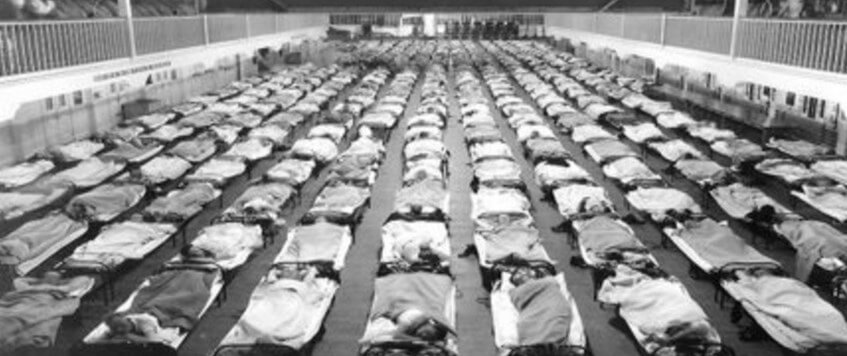Chiang Kai-Shek, for those who had done the reading, was the leader of the Chinese nationalist party during the war with Japan and World War II. Born in 1887, Chiang attended the Paoting Military Academy in 1906. Ironically, Chiang then continued to prepare for a military career in Japan, even serving in the authoritarian Japanese army for 2 years. While serving in Tokyo, Chiang was influenced to align against the Qing Dynasty, becoming a revolutionary.
After returning to China in 1911, Chiang assisted the usurpation of the Manchu regime. Chiang joined Sun Yat-sen, the leader of the Chinese nationalist party in 1918. As Sun was organizing the party, Chiang studied the Red Army, and he established a military academy based on what he observed in the Soviet Union. Up until 1927, Chiang was able to suppress the growth of the Communists while still being supported by the Soviets. Chiang then rejected the communists in a coup in 1927, forming a new Nationalist government centered at Nanjing. Despite this apparent consolidation, Chiang’s power above the warlords was still dubious, while the communists had formed their own government.
To further complicate the situation, Japan seized Manchuria in 1931, which made war with Japan a certainty. Chiang controversially chose to hold off on dealing with Japan until he suppressed the communist insurgents. The unpopularity of Chiang’s decision was made clear when one of Chiang’s own generals held Chiang captive, forcing Chiang to agree to cooperate with The Mao against Nippon. Chiang’s own reluctance showed when immediately after his release, he arrested Zhang and executed cooperating generals.
Chiang’s ambivalence between perceiving Japan or the communists as the bigger threat showed during his policy at the same time as World War II. Chiang pursued a policy of “protracted resistance” against the Japanese. Similar to Washington during the American Revolution, this policy relied on avoiding decisive battles in order to wear the Japanese out. In particular, Chiang relied on the use of scorched earth tactics, even going as far to kill 20,000 civilians in the devastating fire of Changsha, foreshadowing the declining popularity of the Chinese nationalist party in favor of the communists. Indeed, throughout the course of the second Sino-Japanese War, Chiang was reluctant to commit troops against the Japanese, instead withholding his full army until the Allies were able to defeat Japan, so that he could use his strength against the communists once the civil war resumed. Chiang’s passivity constituted a major loss in public support, culminating in the conspiracy theory that Chiang secretly struck a deal with the Japanese, providing property protection in exchange for Japanese assistance against the communists. In fact, the only thing stopping Chiang from actually striking such an agreement was his desire to maintain a good relationship with the United States.
Since the rest of Chiang’s story was after World War II, to make a long story short, Chiang was ousted by the Communists into Taiwan.
Chiang’s role in the Sino-Japanese war provides a different perspective on the conflict with Japan in World War II. For example, although this is just speculation, perhaps Chiang’s evident ambivalence between focusing against the Japanese or the Communists was one of the many reasons behind the United States’ lack of commitment towards helping China’s war efforts. If this was indeed the case, then America’s half-hearted attitude towards China was somewhat vindicated by Chiang’s own attitude in the war with Japan, as American generals ended up criticizing Chiang for being noncommittal. Freedom from Fear’s chapter “To the Brink” remarks that “As for direct aid to China, the simple facts were that China was not Britain, and Chiang Kai-shek was no Churchill.” Through the corruption in Chiang’s regime, Chiang’s noncommittal towards the Japanese, and the dubious tactics employed by the Chinese nationalist party, we can certainly see why.














